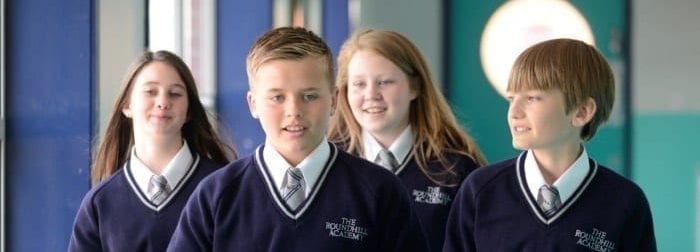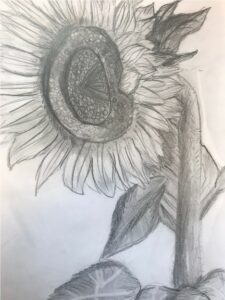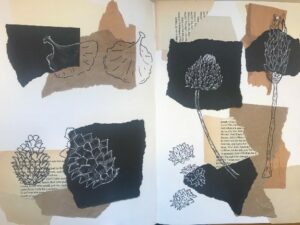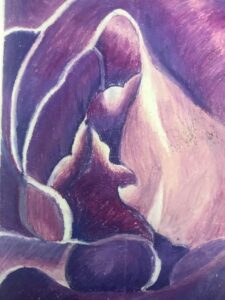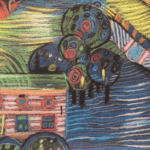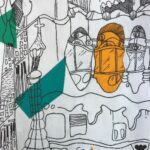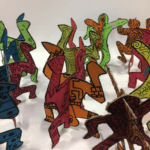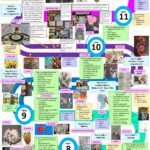In art and design, students explore visual, tactile and other sensory experiences to communicate ideas and meanings. They work with traditional and new media, developing confidence, competence, imagination and creativity. They learn to appreciate and value images and artefacts across times and cultures, and to understand the contexts in which they were made. In art and design, students have opportunity to reflect critically on their own and other people’s work, judging quality, value and meaning. They learn to think and act as artists, craftspeople and designers, working creatively and intelligently. They develop an appreciation of art, craft and design, and its role in the creative and cultural industries that enrich their lives.
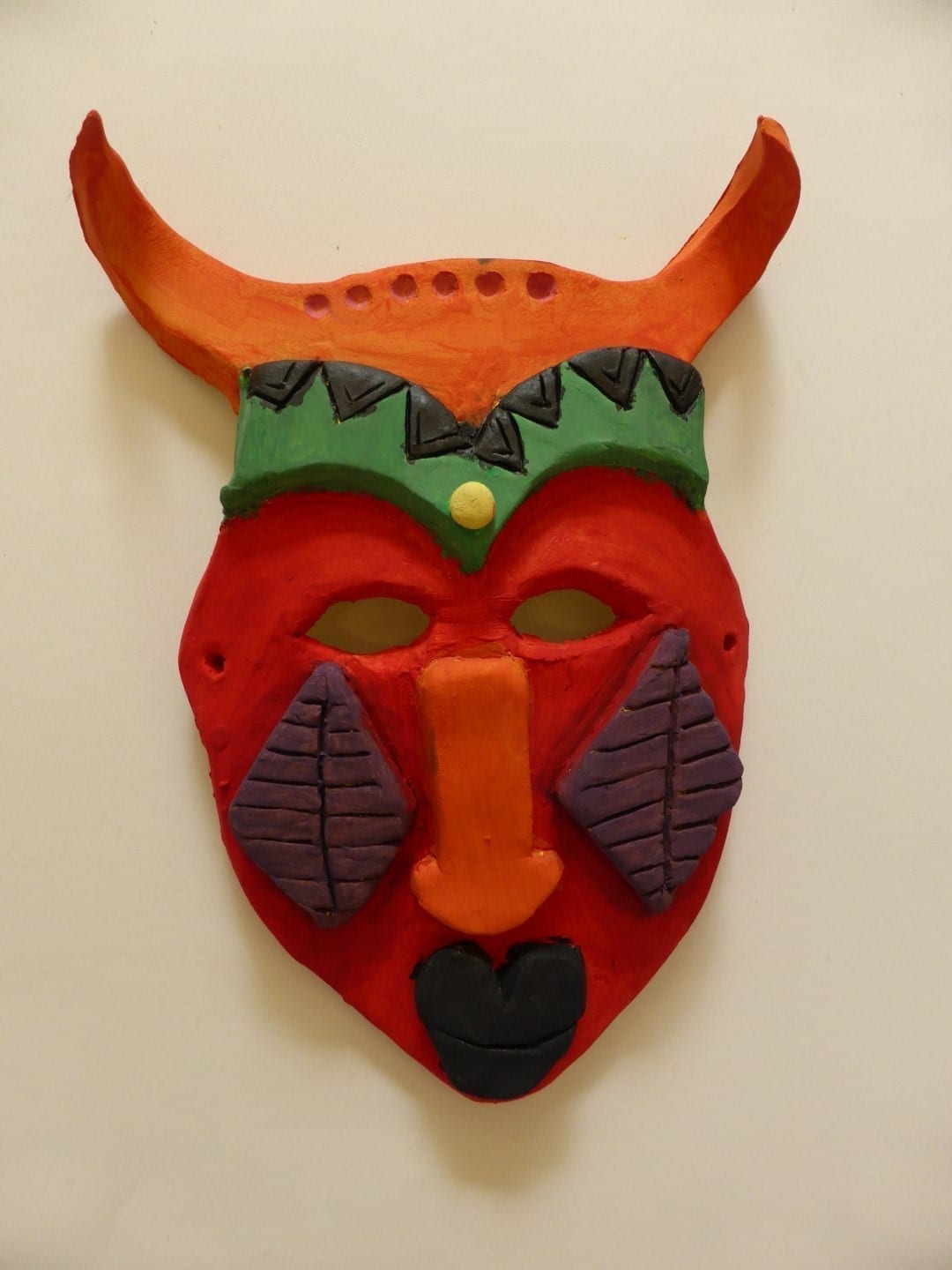
Topics covered in Art are detailed below
Year 7- The Formal Elements
During year 7 work is structured around the formal elements of art: Line, Tone, Colour, Shape and Form, Texture, and pattern. The unit will take students through the key skills, knowledge, pace and work ethic expected at Key Stage 3 Art. The theme of the project is Natural Forms, and it begins by developing basic skills concerned with recording, using line and mark-making. Students work from secondary sources (printed from the internet), and from direct observation. Students will then move on to create work focussing on Tone, exploring this through a range of media. Colour theory is taught to allow students to identify and mix colours and acquire accurate painting skills. The final section of work focusses on Shape and Form, Texture, and pattern. Students work with clay using pattern, shape, form, and texture as decoration, to create a clay relief piece, based on a coral reef.
Students will work their way through the creative process by recording from observation, experimenting with materials and techniques, researching, and being inspired by the work of artists, craftspeople, and designers to go on to develop their own original ideas that can then be adapted and refined to realise a final piece.
The project will introduce the 4 GCSE Assessment Objectives- Develop, Refine, Record and Present to Year 7 students in an accessible way linking with the Art KS3 National Curriculum. The project is structured to give students a consistent set of basic skills whatever their previous Art experience as well as nurturing their confidence, independence, and creativity.
Year 8 -Unit 1- Landscape and Architecture
In this unit Students consolidate their skills in, drawing, colour theory and mixing, and blending media. Students are introduced to new materials and techniques, including sgraffito and relief printing, learning how to present their work in dynamic, creative and impactful ways linking to GCSE presentation. Students develop their skills of communication; the ability to analyse, examine, discuss, and communicate ideas about other artists work including Hundertwasser and Gaudi, relating their ideas to the development of their own work, using subject specific vocabulary.
Students develop knowledge of artistic process, researching, working from their imagination, experimenting with materials and techniques, planning and generating their own imaginative ideas. Students learn how to construct a landscape composition, identifying foreground, middle and background and creating a focal point and the impact of distance and perspective on the elements within a landscape composition.
Unit 2- Street Art
In this unit, related to ‘Pop Art’, Students build on their knowledge of pattern and relief. Students develop and expand their observational drawing skills and their knowledge of media and techniques. Students learn how to represent texture, both physical and representational and how to construct 3D forms using cardboard, creating a ‘Keith Haring’ inspired sculpture. Students develop their literacy skills; the ability to analyse, examine, discuss, and communicate ideas about artists work relating these ideas to the creation of their own work using subject specific vocabulary, referencing GCSE assessment objectives and process. Students learn how to generate ideas from their imagination, artist work and primary and secondary research. Students have opportunity to independently research, develop, and plan ideas to generate a final piece.
Year 9
Creative Cultures
Students have shown an interest in continuing with Art as a GCSE option, the work covered in year 9 will take them through the skills, knowledge, pace, and work ethic needed to complete a successful unit of work before making their final choice. They will be guided through the 4 Assessment Objectives- Develop, Refine, Record and Present.
Unit 1- Aboriginal Art
During this unit students will learn about another culture’s values and beliefs and how symbols are used to convey meaning. This unit will develop students’ ability to independently explore ideas and feelings and how these can be expressed through art, resulting in their own personal and creative responses. Students will analyse the work of others to make connections with the experiences of other artists as represented in Aboriginal Art.
Students will develop new techniques and ways of working and be encouraged to experiment creatively, reflecting on their work, and refining it to produce high quality final pieces. Students will expand their knowledge of relief work and printing, using more sophisticated ‘lino-cutting’ techniques.
Unit 2- Mexican Day of the Dead
This unit will focus on the Mexican Festival ‘The Day of the Dead’ – ‘Dia de los Muertos’ where people celebrate and remember loved ones that have passed away. They will create their own sugar skull design, using harmonious colours. As well as refining their shading skills when producing a realist tonal drawing of a skull.
Student’s will explore how Mexican artists past, (Frida Kahlo and Diego Rivera) and present (Street artists Faria Rueda and Neuzz) have used art to highlight their country’s complex history. This illustrates how students can also use art to express themselves, conveying strong ideas and issues that are important to them, in their own work.
Unit 3- Japanese art and papercrafts
This unit will focus on Japanese art where students will explore some traditional techniques such as paper cutting, collage, and origami, as well as learning about contemporary Japanese artists and art forms. Students will learn how famous traditional artists were influenced by Japanese art and culture. Students will have greater opportunities to select their own media and ways of working, within a supportive framework.
Unit 4- African Art and Picasso
This unit explores the influence of African art on the work of Picasso and the development of Cubism. Students will study ‘The Weeping Woman’ and ‘Guernica’ famous works by Picasso on the theme of war and discover how meaning is conveyed through use of symbols within the works. Detailed analysis of artwork is a skill required at GCSE. Students will learn about the key features of cubism and portraiture, including the proportions of the face, before moving on to create a cubism inspired portrait sculpture.
Art GCSE OCR Years 10 and 11
Component 1: Portfolio unit worth 60% of GCSE
Internally Set Theme
Students will produce work based on an internally set theme, they will work through all 4 assessment objectives: developing ideas, experimenting with materials, and refining their work, recording their ideas, and presenting their outcomes. They will have opportunity to study the work of artists, designers, and craftspeople, both contemporary and historic, and use their findings as inspiration for their own work. Students will learn new art skills, processes and techniques centred around the theme and build on previous learning, for example, drawing using a range of media, paper-cutting, painting and printing. They will create related outcomes, able to create personal responses within a supportive framework.
As the project progresses students will have greater freedom to develop their own interpretation of the theme, to create a more personal and meaningful response to the title. Students will use their knowledge of appropriate skills, processes, and techniques, acquired during the first part of the project, to successfully select and apply these within their own context, ensuring all assessment objectives are met. ‘The journey’ of their project will be recorded, documented, and creatively presented in their sketchbook from initial ideas through to realisation of their intentions, this will include the creation of a final piece.
Component 2: Externally Set Assignment work 40% of GCSE
Students will be given an exam paper in January of year 11, where they will pick one question/theme from which to produce a unit of work that explores all 4 assessment objectives in a coherent and cohesive manner. The project will follow the same structure, developing ideas, experimenting with materials, and refining their work, recording their ideas, and presenting their outcomes. Once the preparatory work has been completed, the final piece will be created during a practical examination of 10 hours, spread over several days, in controlled conditions.
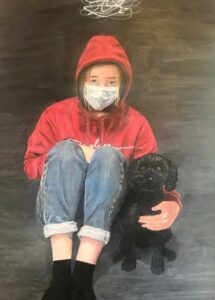
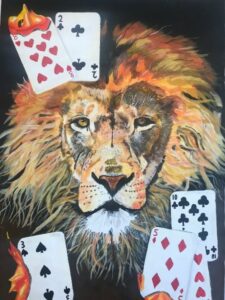
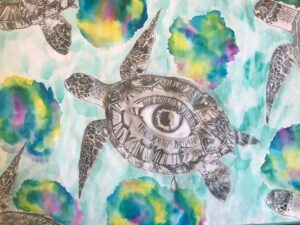
Component 1: Portfolio unit worth 60% of GCSE
Main theme: Beneath the Surface.
Part 1: Beneath the waves. Students will produce work based on the theme of Sea Life, they will work through all 4 assessment objectives: developing ideas, experimenting with materials, and refining their work, recording their ideas, and presenting their outcomes. They will have opportunity to study the work of textile artists, designers, and craftspeople, both contemporary and historic, and use their findings as inspiration for their own work. Students will learn new textile skills, processes and techniques centred around the theme, for example, Free hand embroidery and machine embroidery, applique, Batik, drawing (using colour, various media), fabric print design, photography, fabric printing, sculptural textiles, weaving and much more. They will create related samples and outcomes, able to create personal responses within a supportive framework.
Part 2: Beneath the Surface Continued. For this section of the project students will have greater freedom to develop their own interpretation of theme, to create a more personal and meaningful response to the title. Students will use their knowledge of appropriate skills, processes and techniques, acquired during the first part of the project, to successfully select and apply these within their own context, ensuring all assessment objectives are met. This section of work will lead to the creation of a final piece.
Component 2: Externally Set Assignment work 40% of GCSE
Students will be given an exam paper in January of year 11, where they will pick one question/theme from which to produce a unit of work that explores all 4 assessment objectives in a coherent and cohesive manner. The project will follow the same structure, developing ideas, experimenting with materials, and refining their work, recording their ideas, and presenting their outcomes. Once the preparatory work has been completed, the final outcome will be created during a practical examination of 10 hours, spread over several days, in controlled conditions.
For more information about Art in the Curriculum contact the Head of Faculty – Joanna Chapman. Email jchapman@roundhill.bepschools.org

